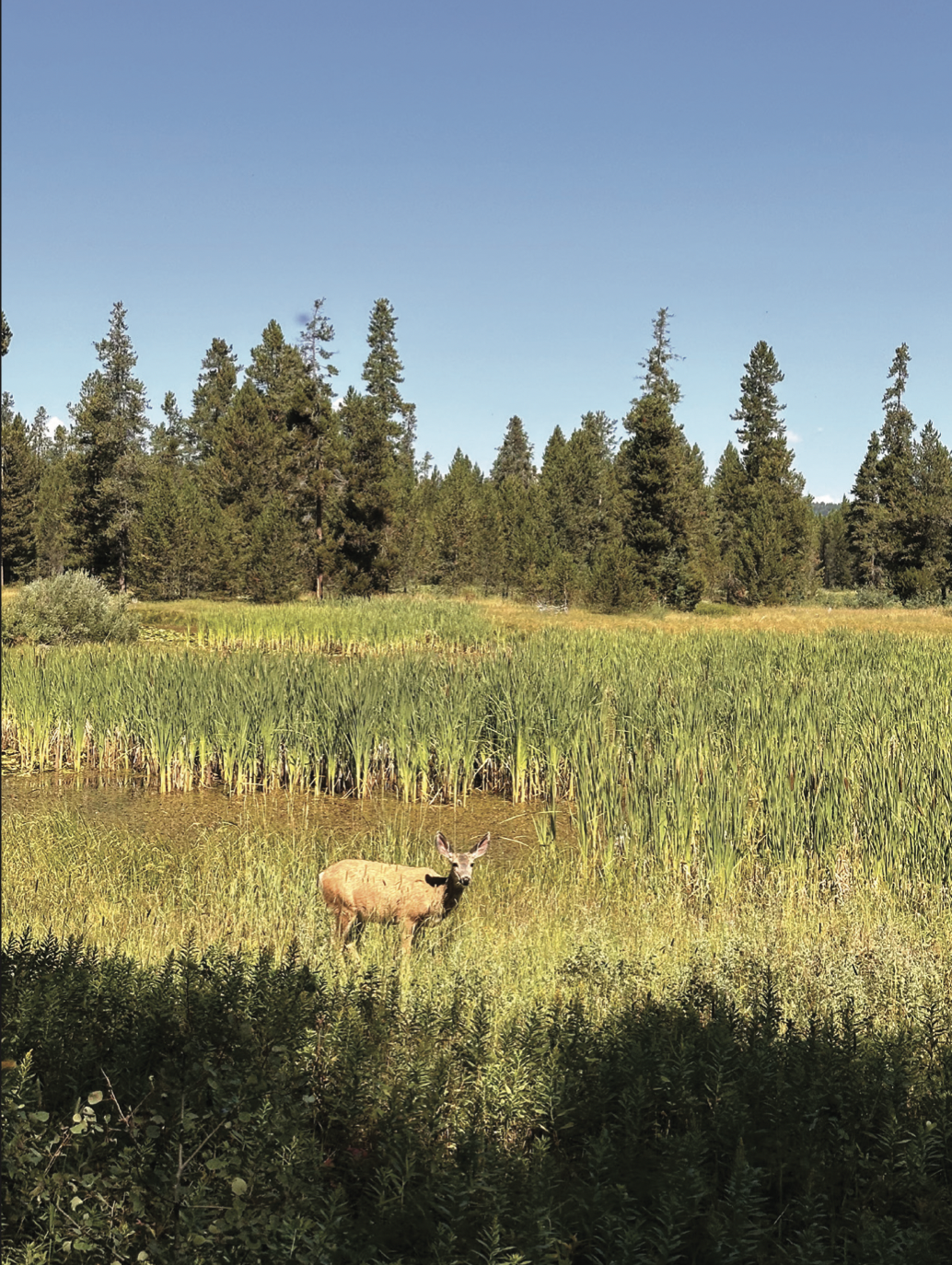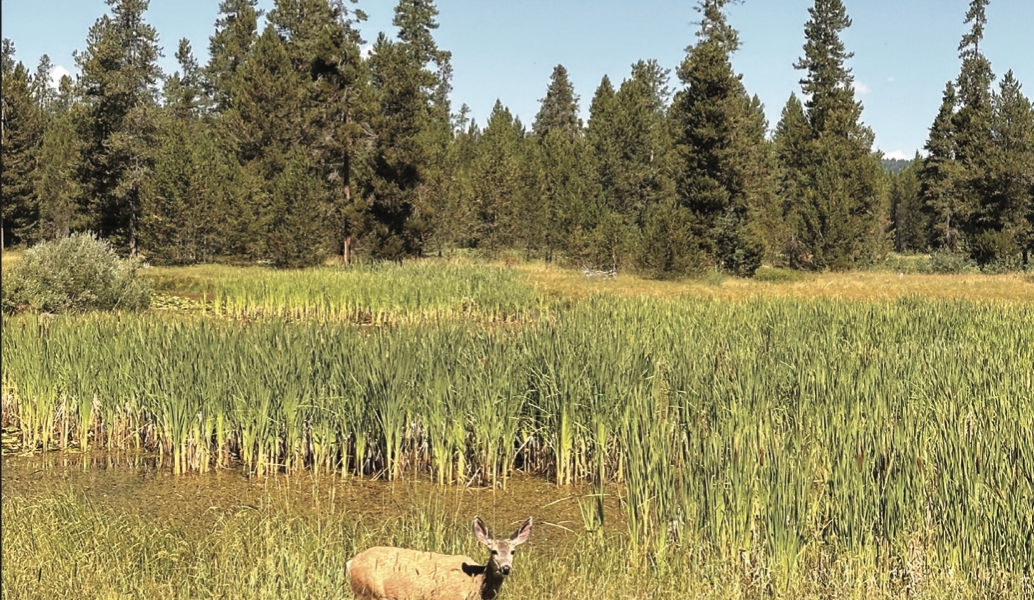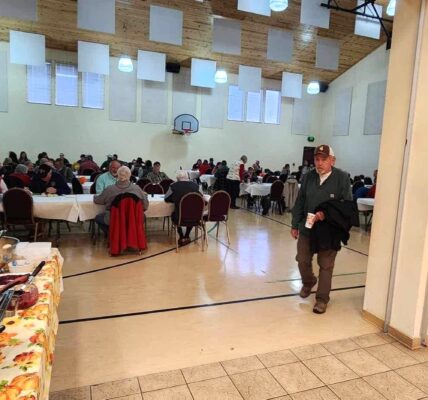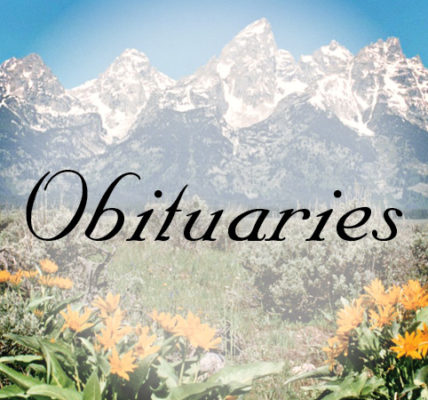
• Hunter collaboration essential in combating CWD in Wyoming.
As Wyoming’s wildlife grapples with the growing threat of Chronic Wasting Disease (CWD), also commonly known as “Zombie Disease,” newly appointed Wyoming Game and Fish Director Anji Bruce emphasizes the critical role of hunters in monitoring this fatal disease. CWD is a chronic and fatal neurological disorder affecting deer, elk, and moose, first identified in 1985 in Wyoming, and now prevalent across the state.
In a recent interview, Bruce, who has dedicated over seven years to the Wyoming Game and Fish Department, spoke candidly about the challenges CWD presents and the necessity for community involvement. “We cannot continue to monitor this disease without hunters’ help,” Bruce stated.
CWD, which has spiked significantly since its introduction from Colorado, is now found in nearly half of Wyoming’s elk and is prevalent in mule deer populations. “It’s definitely present here at much higher rates than before,” Bruce noted. The disease has already begun to impact population dynamics, with studies indicating declines in certain areas, particularly where prevalence is highest.
To combat CWD, the Wyoming Game and Fish Department has initiated mandatory sampling in Deer Hunt Areas 157 and 171, with preferred sampling in additional regions. Bruce highlighted the importance of these efforts, saying, “We need to continue to monitor and understand where we have this disease in our state, and that is why it is crucial to have hunters help test their lymph nodes.”
Hunter participation is essential for effective surveillance. The process is straightforward: after harvesting an animal, hunters can collect lymph node samples and submit them for testing. “It’s free and simple,” Bruce explained. Test results are typically available within three weeks, allowing hunters to make informed decisions about their harvested game.
For convenience, the Wyoming Game and Fish Department has established several collection points. Hunters can have samples taken at meat processors, drop off heads at designated stations, or collect samples themselves using instructional videos available online. Kiosks for sample drop-off will be set up at various locations, ensuring hunters have easy access to testing options throughout the season.
A press release on the Wyoming Game and Fish website addressed the public’s concerns regarding the safety of consuming meat from CWD-positive animals. “To date, there have been no cases of CWD in humans.” However, the Centers for Disease Control and the World Health Organization recommend against consuming meat from infected animals due to potential risks. If CWD is detected in a harvested animal, hunters can dispose of the meat at approved locations without violating waste laws.
As Wyoming faces this ongoing battle with CWD, the collaboration between wildlife officials and the hunting community has never been more vital. Bruce is optimistic about the future, asserting, “With the help of our hunters, we can better understand and manage this disease, ensuring the health of our wildlife populations for generations to come.”
For more information on CWD testing and procedures, hunters are encouraged to visit the Wyoming Game and Fish Department’s website. As the hunting season continues, community involvement will be key in tackling this pressing issue and safeguarding Wyoming’s cherished wildlife.





